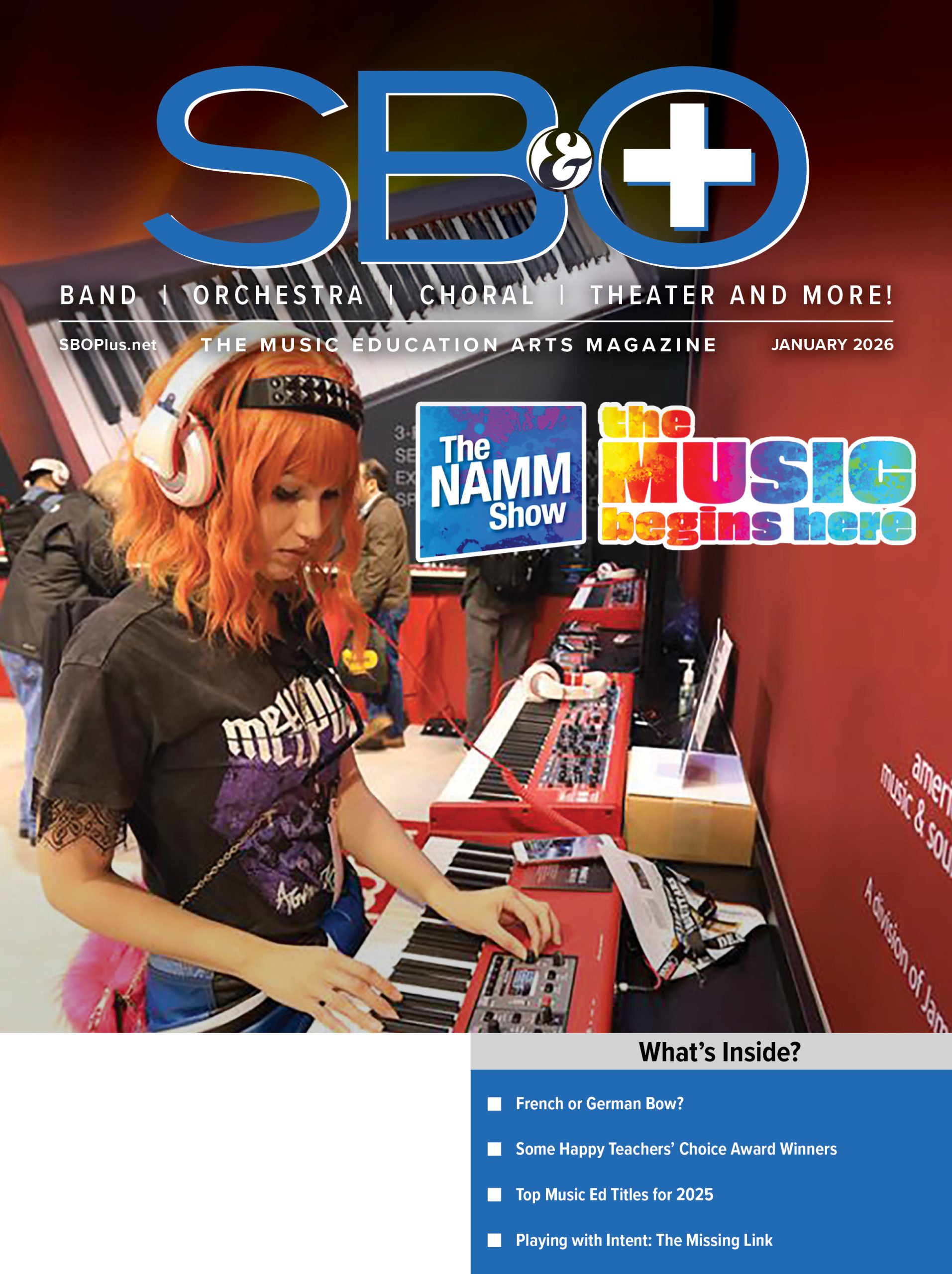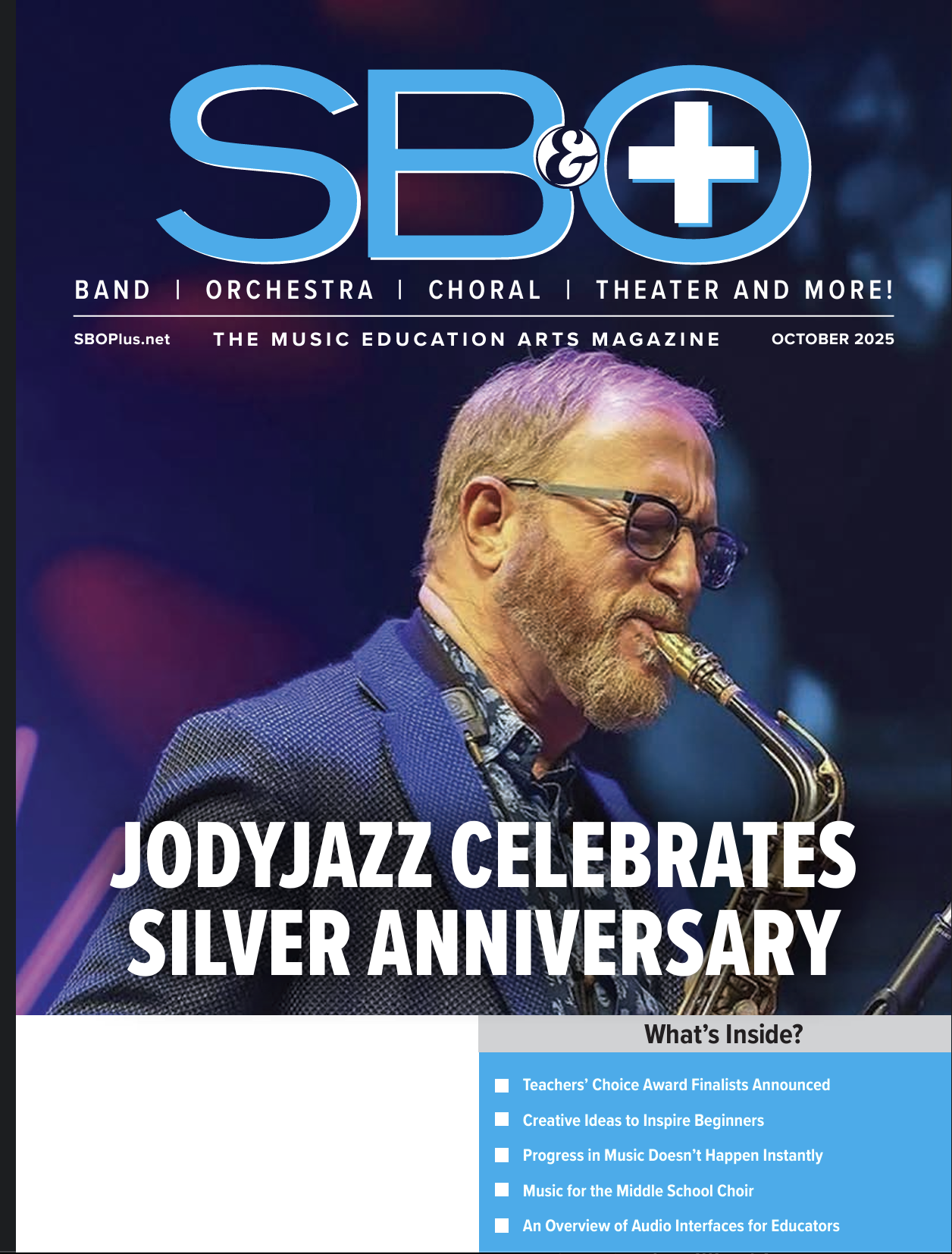By Dr. J.D. Frizzel
Over the years, I have developed my own unique way to rehearse contemporary a cappella groups. As the director of OneVoice from Briarcrest Christian School, I have had the privilege of working with some incredibly talented and dedicated singers. During this time, I honed a process to introduce new pieces, rehearse them, stage them, and get them performance-ready.
My method is based on 5 rehearsals of about 45 minutes each. Therefore, I break it up here into 5 steps. However, there are ways to reorganize the steps into shorter rehearsals.
Without further ado, the Frizzell Method (cue the trumpets, all rights reserved, etc. etc.– clearly, I don’t care about copyright as I’m freely sharing this on the internet and I just want people to make the best music possible!):
Assign Voice Parts, Choose Solos, Begin Learning Parts
Ideally the solos are chosen before the first rehearsal and parts already assigned. Parts are learned individually with tracks- either sung or MIDI. I try to always have sung tracks, and I use Melodyne Studio to make them or have my arranger make them. Of course, the singers also have sheet music they are reading. I’m convinced that it is no different than note-banging at the piano, and in some ways, more musical in that they are modeling proper tone, vowel, articulation, etc. from the tracks. At the end of the first rehearsal, I put them together and we sing the song once with the whole demo track. Does this always take just one rehearsal? Usually, yes. On a rare occasion, a more difficult piece requires 2 or 3 days. In my opinion, if a piece takes more time than this to just learn notes and rhythms, it is likely too difficult for a contemporary a cappella group. Spending weeks or months on notes and rhythms erodes individual confidence and impedes group momentum (note that this is not my view of a choral rehearsal cycle, during which I may spend many weeks on a difficult piece).
Work in Sectionals
Students work on problem areas in the piece in sections. These sections are usually assigned by homophony. If the tenor 1 and alto 2 are both “horn” parts most of the song, I’ll pair them together, etc. I rotate between the sectionals to work with them. In the example below, I would combine sopranos and altos in one group, bass, baritones, and tenors in the other.
In phase 2, I bring each group to me to make sure they are doing well. Again, last 5 minutes of rehearsal we come together and sing through the song. Often this is now without the track.
Group Rehearsal
By step 3 (usually day 3 since we meet 5x/week), there should be no pitch or rhythmic issues. Sometimes in step 3 I will have to fix rhythmically intricate passages like fast bell tones. Step 3 is the first full group rehearsal as we know it. I work dynamics, articulation, solo delivery, groove, balance, phrasing, and other musicality. I often record the whole group at this stage and have them each record their own voices as we sing together. They upload this individual file to a Dropbox, text it to me, or e-mail it to me. This allows me to double check what they are doing that night just to make sure there’s nothing I missed. Singers can use a cell phone, tablet, or other recording device for this.
Emotional Connection and Visual Planning
Step 4 is all about the staging and emotional connection. What is this song about? I usually try to get them to agree on one single emotion that best describes the song. This emotion needs to be specific. For example, “unfettered joy” or “angry determination” are better than “happy” or “sad.” Then, the singers tell a story about something in their own lives that has made them feel that way. Not all singers have to participate every time, but it is important to create a safe, trusting environment in which they know they can. For staging, I will usually involve the singers in the decision-making process. What visual elements would best highlight what is happening in the music? Unless the piece is very homophonic, there is usually a better formation than the semicircle. Also, I never do anything that risks the quality of the music– so if choreography creates issues with rhythm or breath support, it’s too much.
Informal Performance
Step 5 is informal, safe, and friendly performance. This is usually either us singing for a couple of classes or singing in a public area of the school during the last 5-10 minutes of school. It has become a fun tradition and teachers who are done for the week (5 minutes left on Friday— taking them to hear some a cappella is usually a desirable option for teachers!). This step is huge, as it forces some performance pressure without too much public risk. It has a fringe benefit of connecting singers to new audiences.



























